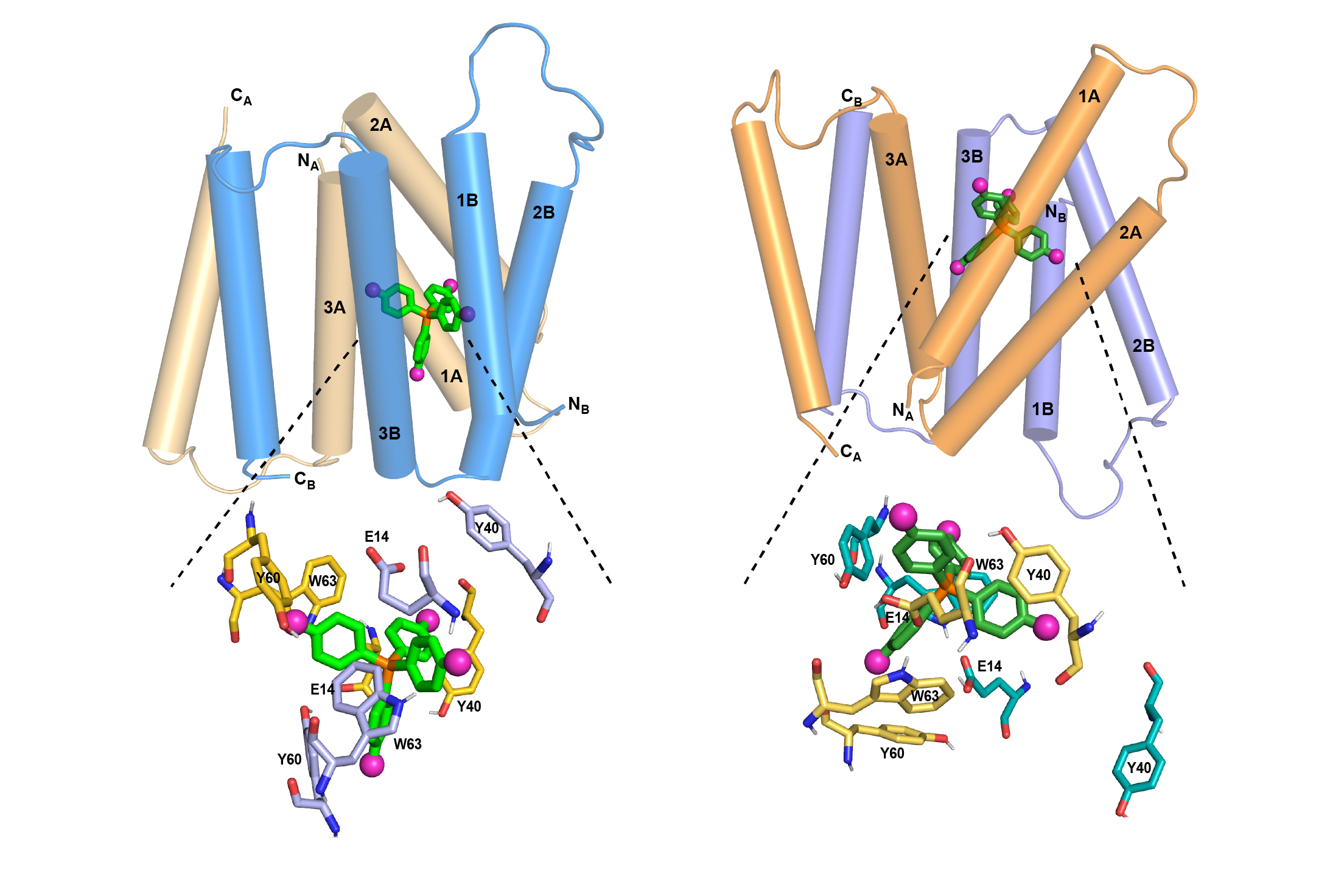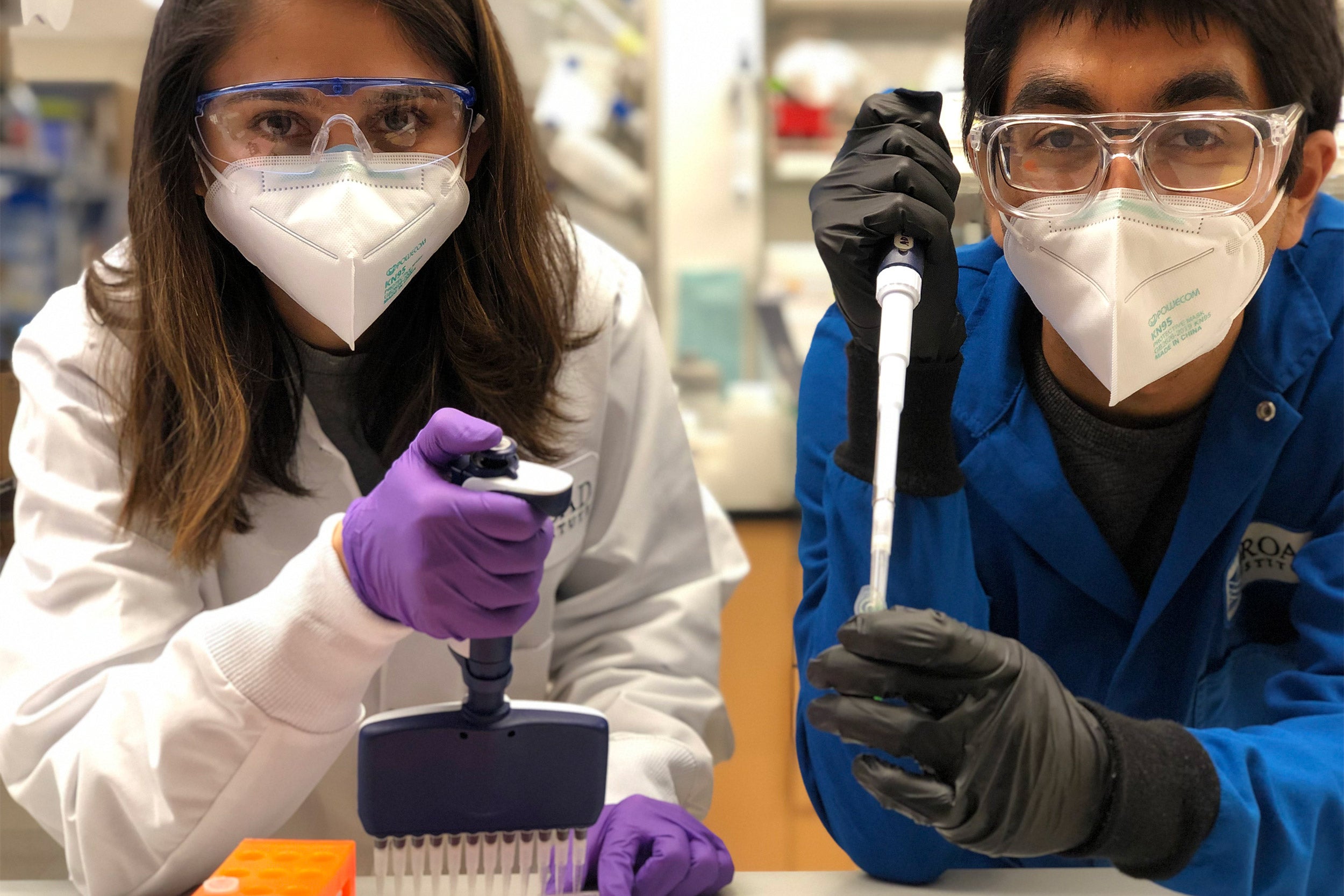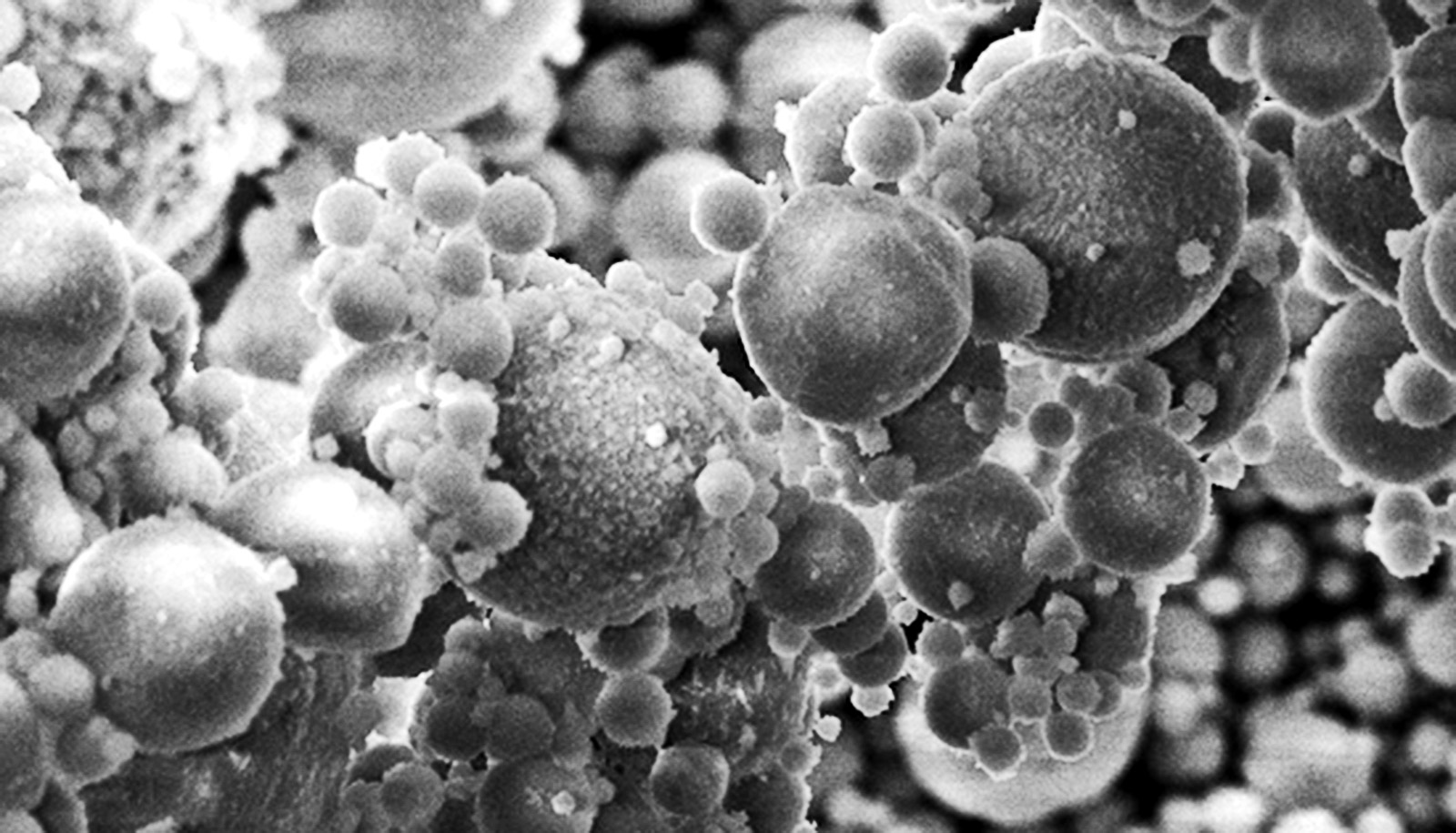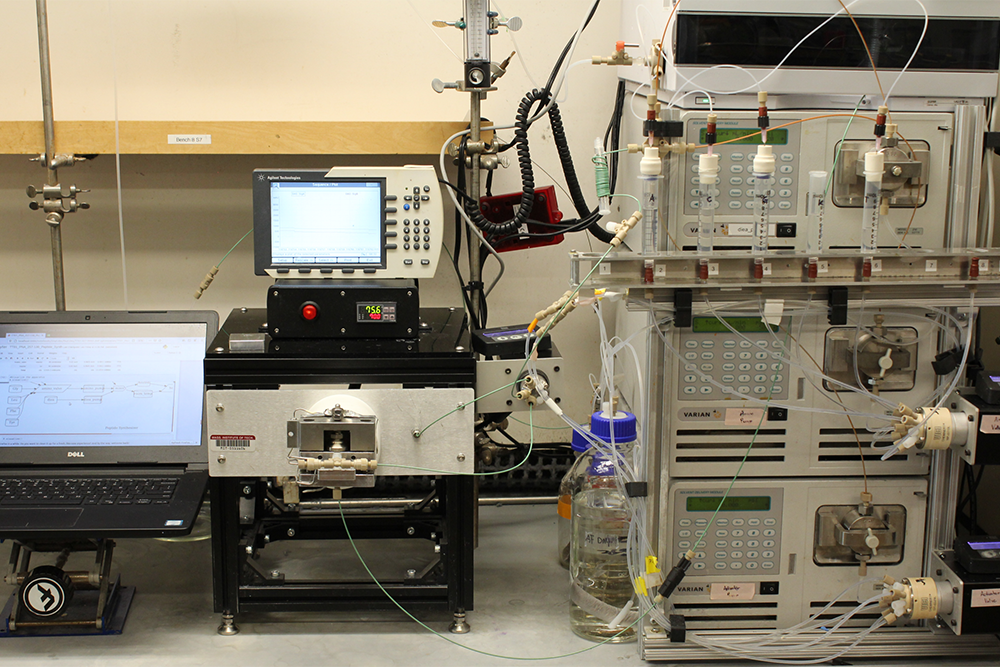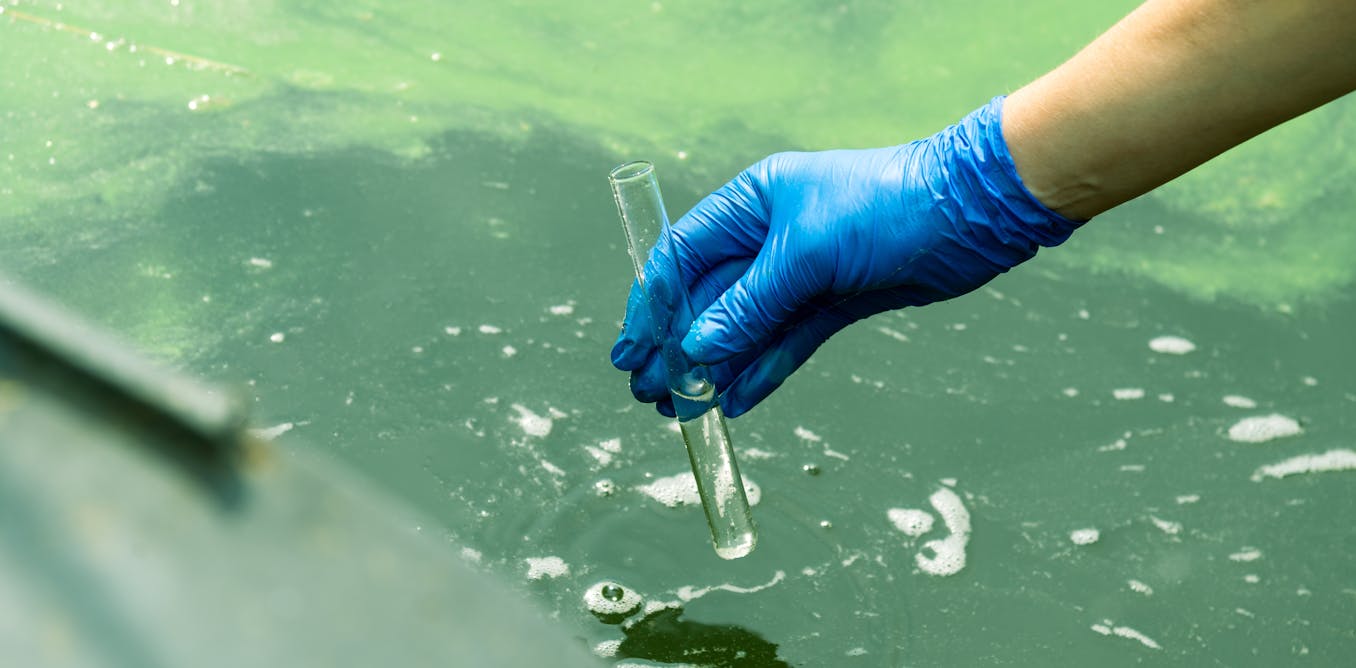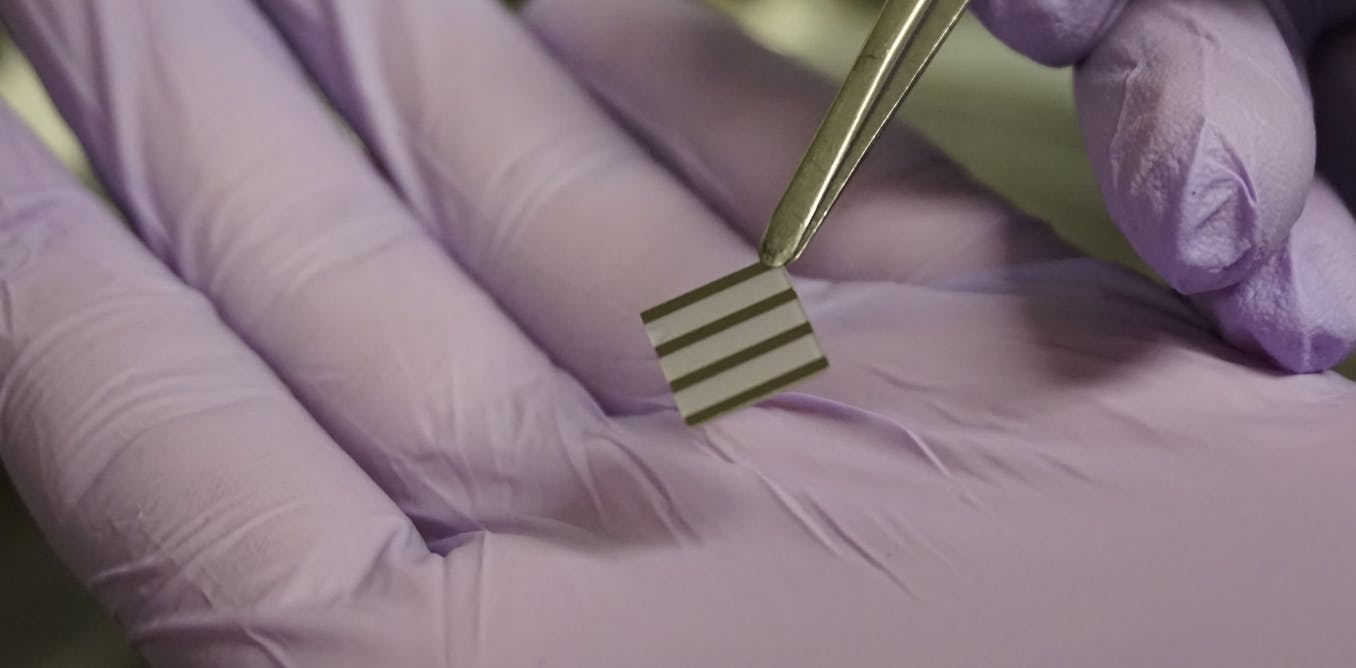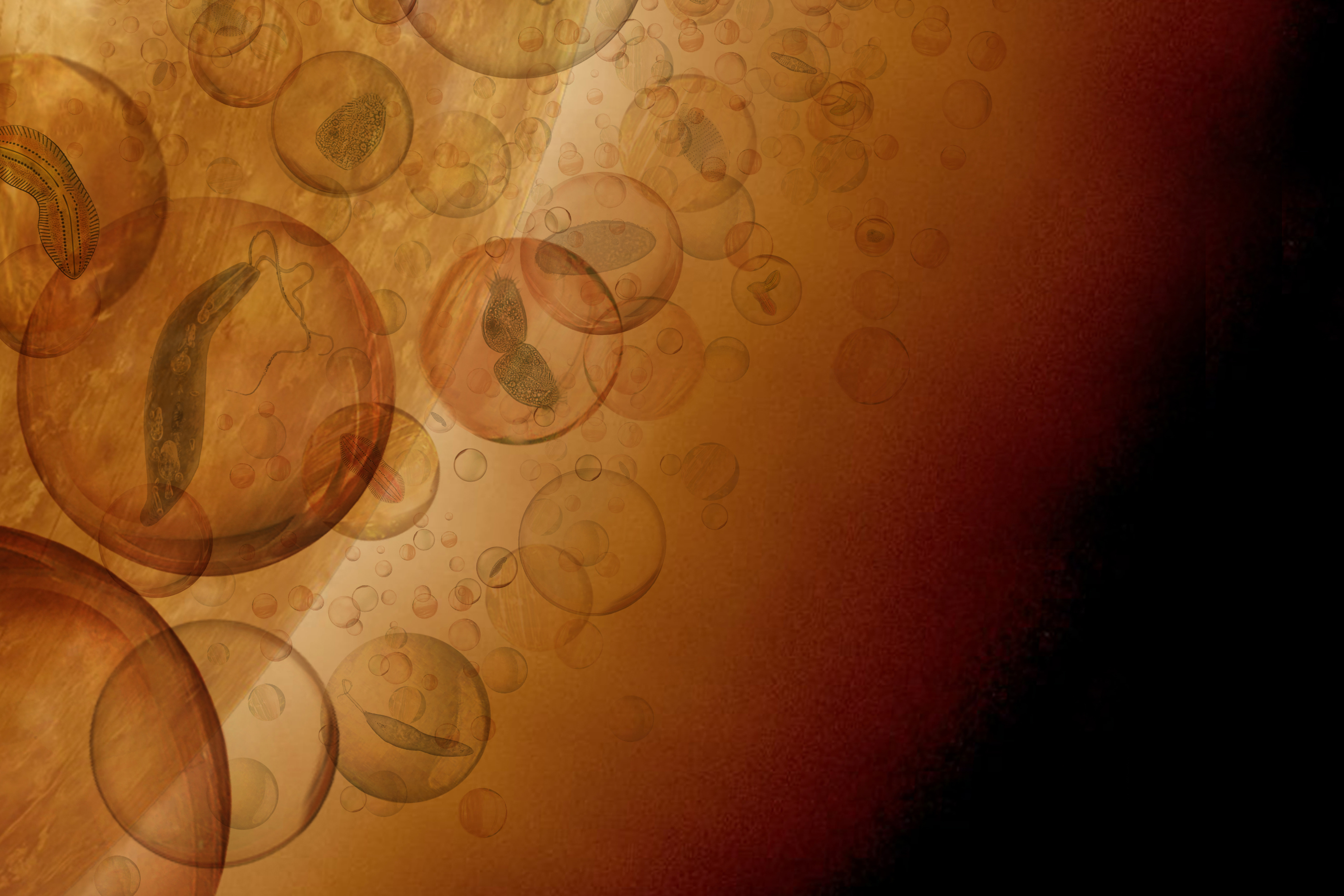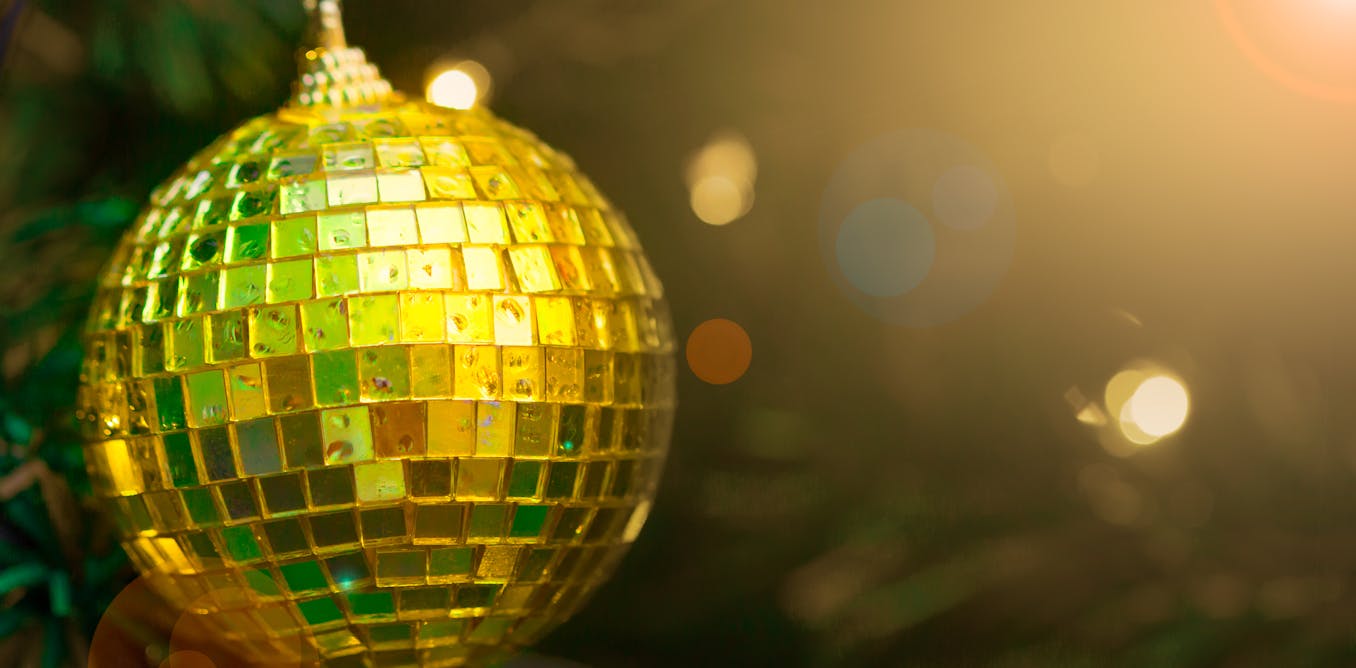What's the difference between sugar, other natural sweeteners and artificial sweeteners? A food chemist explains sweet science
Just because something is sweet doesn’t necessarily mean it is sugary. There are a number of molecules that taste sweet. To understand how and why takes a little bit of chemistry.
Kristine Nolin, Associate Professor of Chemistry, University of Richmond
• conversation
Jan. 5, 2022 • ~8 min
Jan. 5, 2022 • ~8 min
Nickel oxide is a material that can 'learn' like animals and could help further artificial intelligence research
The ability to store information is central to learning and the field of artificial intelligence. Researchers have shown how a unique material shows basic learning properties similar to that of slugs.
Shriram Ramanathan, Professor of Materials Engineering, Purdue University •
conversation
Dec. 21, 2021 • ~5 min
Dec. 21, 2021 • ~5 min
How do fireworks work? A pyrotechnics chemist explains the science behind the brilliant colors and sounds
Hidden underneath the bright colors and celebratory nature of fireworks is a combination of ancient chemistry and modern pyrotechnical recipes.
Paul E. Smith, Lecture Demonstrator for Chemistry, Purdue University •
conversation
Dec. 21, 2021 • ~7 min
Dec. 21, 2021 • ~7 min
The chemistry of Christmas baubles – and the great scientist who made them possible
How the innovation of 19th century chemist, Baron von Liebig, led to the first fertilizer, gravy, and mirrored Christmas baubles.
Mark Lorch, Professor of Science Communication and Chemistry, University of Hull •
conversation
Dec. 20, 2021 • ~5 min
Dec. 20, 2021 • ~5 min
/
62

